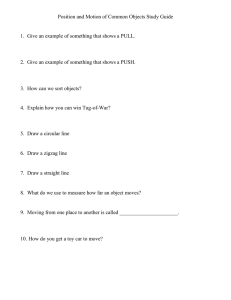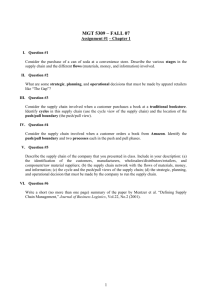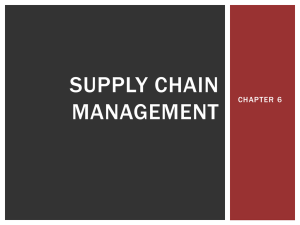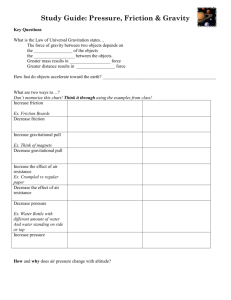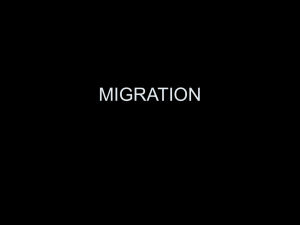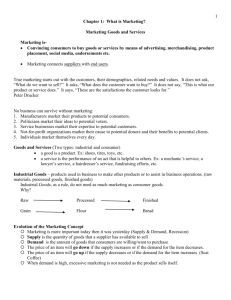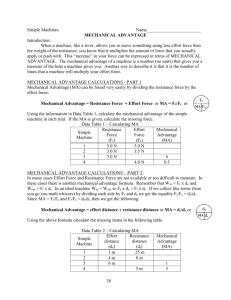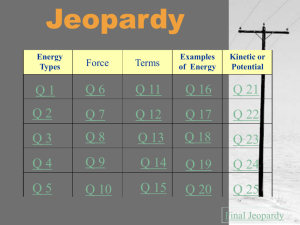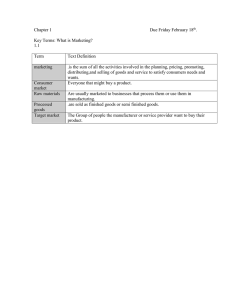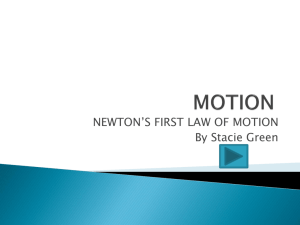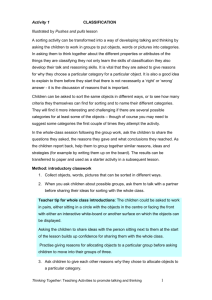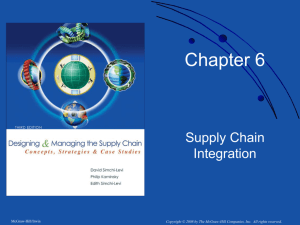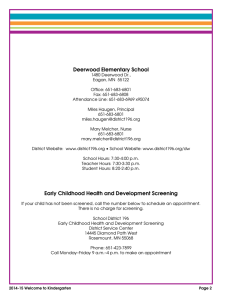Strand Substrand Standard Code Benchmark 2 1. The Nature of
advertisement
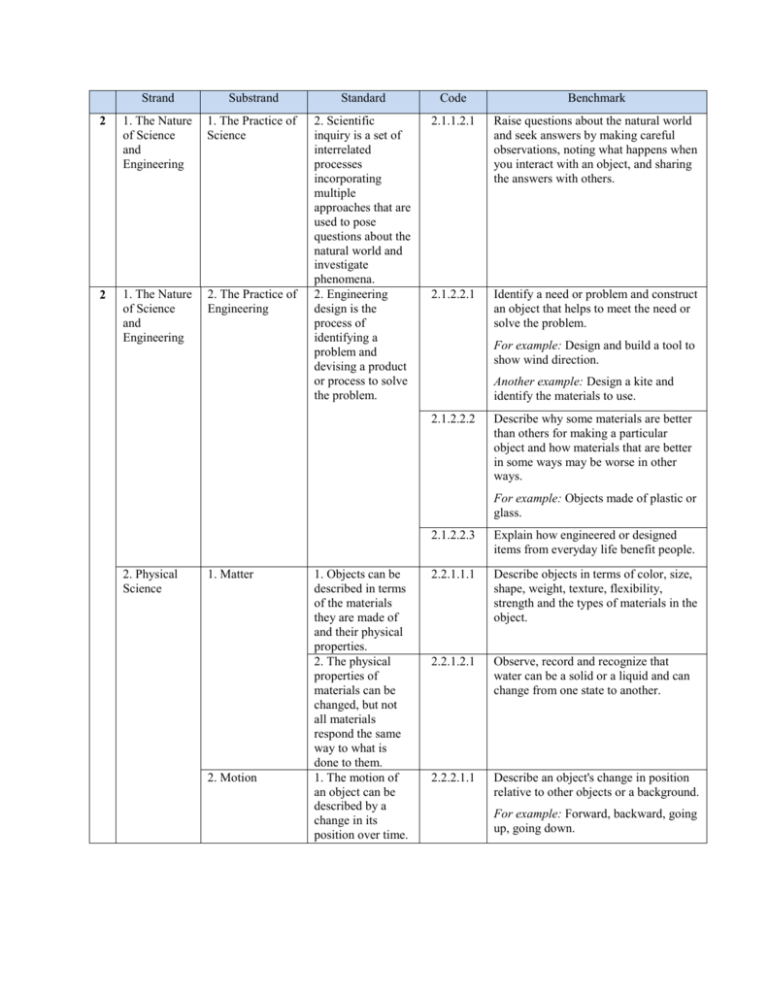
Strand Substrand Standard Code Benchmark 2 1. The Nature of Science and Engineering 1. The Practice of Science 2.1.1.2.1 Raise questions about the natural world and seek answers by making careful observations, noting what happens when you interact with an object, and sharing the answers with others. 2 1. The Nature of Science and Engineering 2. The Practice of Engineering 2. Scientific inquiry is a set of interrelated processes incorporating multiple approaches that are used to pose questions about the natural world and investigate phenomena. 2. Engineering design is the process of identifying a problem and devising a product or process to solve the problem. 2.1.2.2.1 Identify a need or problem and construct an object that helps to meet the need or solve the problem. For example: Design and build a tool to show wind direction. Another example: Design a kite and identify the materials to use. 2.1.2.2.2 Describe why some materials are better than others for making a particular object and how materials that are better in some ways may be worse in other ways. For example: Objects made of plastic or glass. 2. Physical Science 1. Matter 2. Motion 1. Objects can be described in terms of the materials they are made of and their physical properties. 2. The physical properties of materials can be changed, but not all materials respond the same way to what is done to them. 1. The motion of an object can be described by a change in its position over time. 2.1.2.2.3 Explain how engineered or designed items from everyday life benefit people. 2.2.1.1.1 Describe objects in terms of color, size, shape, weight, texture, flexibility, strength and the types of materials in the object. 2.2.1.2.1 Observe, record and recognize that water can be a solid or a liquid and can change from one state to another. 2.2.2.1.1 Describe an object's change in position relative to other objects or a background. For example: Forward, backward, going up, going down. 2.2.2.1.2 Demonstrate that objects move in a variety of ways, including a straight line, a curve, a circle, back and forth, and at different speeds. For example: Spinning toy and rocking toy. Another example: Construct objects that will move in a straight line or a curve such as a marble or toy car on a track. 2 2. Physical Science 2. Motion 3. Earth and Space Science 2. Interdependence Within the Earth System 4. Life Science 1. Structure and Function in Living Systems 2. Interdependence Among Living Systems 3. Evolution in Living Systems 2. The motion of an object can be changed by push or pull forces. 2. Weather can be described in measurable quantities and changes from day to day and with the seasons. 1. Living things are diverse with many different observable characteristics. 1. Natural systems have many components that interact to maintain the system 1. Plants and animals undergo a series of orderly changes during their life cycles. 2.2.2.2.1 Describe how push and pull forces can make objects move. For example: Push and pull objects on smooth and rough surfaces. 2.2.2.2.2 Describe how things near Earth fall to the ground unless something holds them up. 2.3.2.2.1 Measure, record and describe weather conditions using common tools. For example: Temperature, precipitation, sunrise/sunset, and wind speed/direction. 2.4.1.1.1 Describe and sort plants into groups in many ways, according to their physical characteristics and behaviors. 2.4.2.1.1 Recognize that plants need space, water, nutrients and air, and that they fulfill these needs in different ways. 2.4.3.1.1 Describe the characteristics of plants at different stages of their life cycles. For example: Use live organisms or pictures to observe the changes that occur during the life cycles of bean plants or marigolds.
